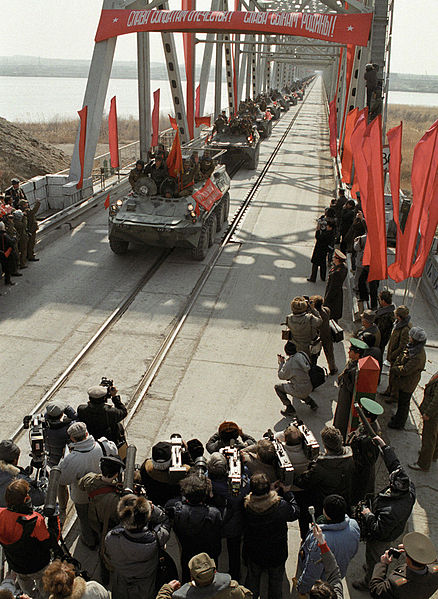October 26, 2012
Located in the southernmost part of Uzbekistan, on the Afghan frontier, Termez is a small city with a history dating back at least 2,500 years. Throughout its history, Termez has been conquered by Alexander the Great, Genghis Khan, and Tamerlane. It was later controlled by Imperial Russia and then the Soviet Union, who used Termez as a staging area for the 100,000 troops who fought in Afghanistan from 1979 – 1989. Termez also plays a role in the current NATO military operations across the border by hosting the German military at the local airbase. Here, transport planes fly Bundeswehr soldiers and military supplies from Germany to Termez and Termez to final destinations in Afghanistan.
As one might imagine, there aren’t many tourists in this part of Uzbekistan. In fact, the only other foreigners we ran into were diplomats on leave from Mazar-i-Sharif, some 60 miles across the border. The lack of tourists is a shame, however, as I believe it is truly one of the most underrated parts of the country. This area has a unique Buddhist heritage; from the 1st to 3rd century AD, Termez was part of the Kushan Empire and hosted thousands of Buddhist monks in its various monasteries. (Remember the Buddha statues in Bamiyan that the Taliban blew up in 2001? They were also built by the Kushan.)
After breakfast we headed outside the city to visit some of these sights. Our first stop was at the Zurmala Stupa, thought to be from the 3rd century AD. The main purpose of stupas is the enshrinement of Buddhist holy relics. It’s been a bit worn down over the centuries, so now just appears to be some random mud stump in a cotton field.

From afar






Cotton fields
Our group of 16 foreigners wandering around a cotton field taking photos of a mud stump attracted the attention of some local kids.





View of Afghanistan from across the Amu Darya river.
Next we visited the Al Hakim At-Termizi Mausoleum, the main holy place in Termez. Al Hakim At-Termizi was one of the great early authors of Sufism. This complex dates from the 10-14th centuries.




Hill where you could go look at Afghanistan. But no cameras allowed.

It’s impossible, you see
Next stop, the remains of the Fayaz Tepe Buddhist monastery complex, which dates from the 2-3rd centuries AD.





Inside the dome are the remains of a stupa

Sand dunes in Afghanistan

Security tower

More border security


The archaeological museum in Termez. Incredible collection of artifacts!
Now let’s take a moment to talk a bit about the food in Uzbekistan, because it was in Termez, at dinner upon our arrival the previous evening, that my stomach finally said “No more, Lindsay. No. More. ” A typical meal would consist of salads (which were tasty, but often suspect because you weren’t sure if they used bottled water to clean the veggies), soup and non bread, followed by a main course of fatty beef or lamb with a side of potatoes or veggies. And for dessert, cake! Doesn’t sound too bad, right? It wasn’t, and the food was quite good at times, but I just wasn’t used to eating three large meals per day, and certainly not the same thing over and over. Before I went to Uzbekistan I loved beets, but I haven’t eaten them since returning a year ago. In Termez I began to have visions of salmon tacos and In-N-Out double doubles and carne asada burritos. I would be eating a carrot salad for the fifteenth time, but my taste buds and imagination were working together to conjure up images of the food I so dearly missed. So that day at lunch, when the restaurant staff placed large platters of french fries and small tubs of ice cream on the table, I was the happiest person in the country.
Our stomachs full of french fries and ice cream, we paid a visit to the local bazaar.


I don’t know why my mom always worries so much about my travels 😉



Pram used as a shopping cart.




We went further out of town to the Kirk Kiz (“forty girls”) fortress, thought to be a summer estate for royalty dating from as early as the 9th century.






The kids like having their photos taken here.
Nearby was the memorial complex of Sultan Saodat, built during the 11-17th centuries. This complex contains the graves of the Sayyid dynasty of Termez, direct descendants of the Prophet Muhammad.




More curious kids

Huge bales of cotton



View of Hairatan, Afghanistan. Termez is separated from Afghanistan by the Amu Darya river and connected via the Afghanistan-Uzbekistan Friendship Bridge, which was built in 1985 to supply Soviet troops in Afghanistan. But aside from the increased border security, you wouldn’t know that this war torn country lay less than a kilometer away.

Soviet military forces withdrawing from Afghanistan to Termez in October 1989 (RIA Novosti archive)

















